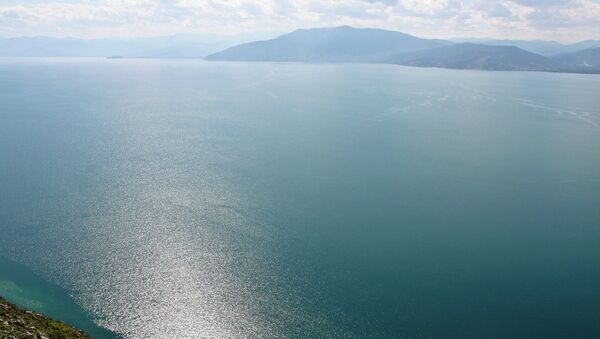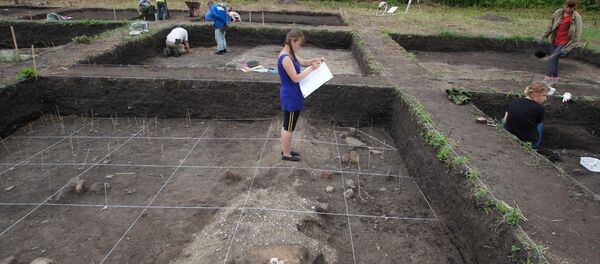The group of Swiss and Greek researchers returned to the site in 2015 to explore the remnants of stone buildings of differing shapes, fort walls and paved surfaces which they believe to be streets.
They have determined that the buildings match the type built in the Greek Bronze Age, and the defensive walls and towers are of a "massive nature, unknown in Greece until now," Swiss archeologist Julien Beck, the leader of the research group, told Spero News.
"The chances of finding such walls under water are extremely low," he added. "The full size of the facility is not yet known."
Massive Ancient Greek city discovered submerged in #Aegean Sea [Photos] http://t.co/W8llOBSTJp #AncientGreece
— Hannah Osborne (@hannah__osborne) August 29, 2015
By now the scientists have pulled up about 6,000 of artifacts from the site that adds to the network of Bronze Age coastal settlements in the Argolic Gulf. The researchers hope the discovery will help them to find out more about trade, shipping and day-to-day life of the period.



